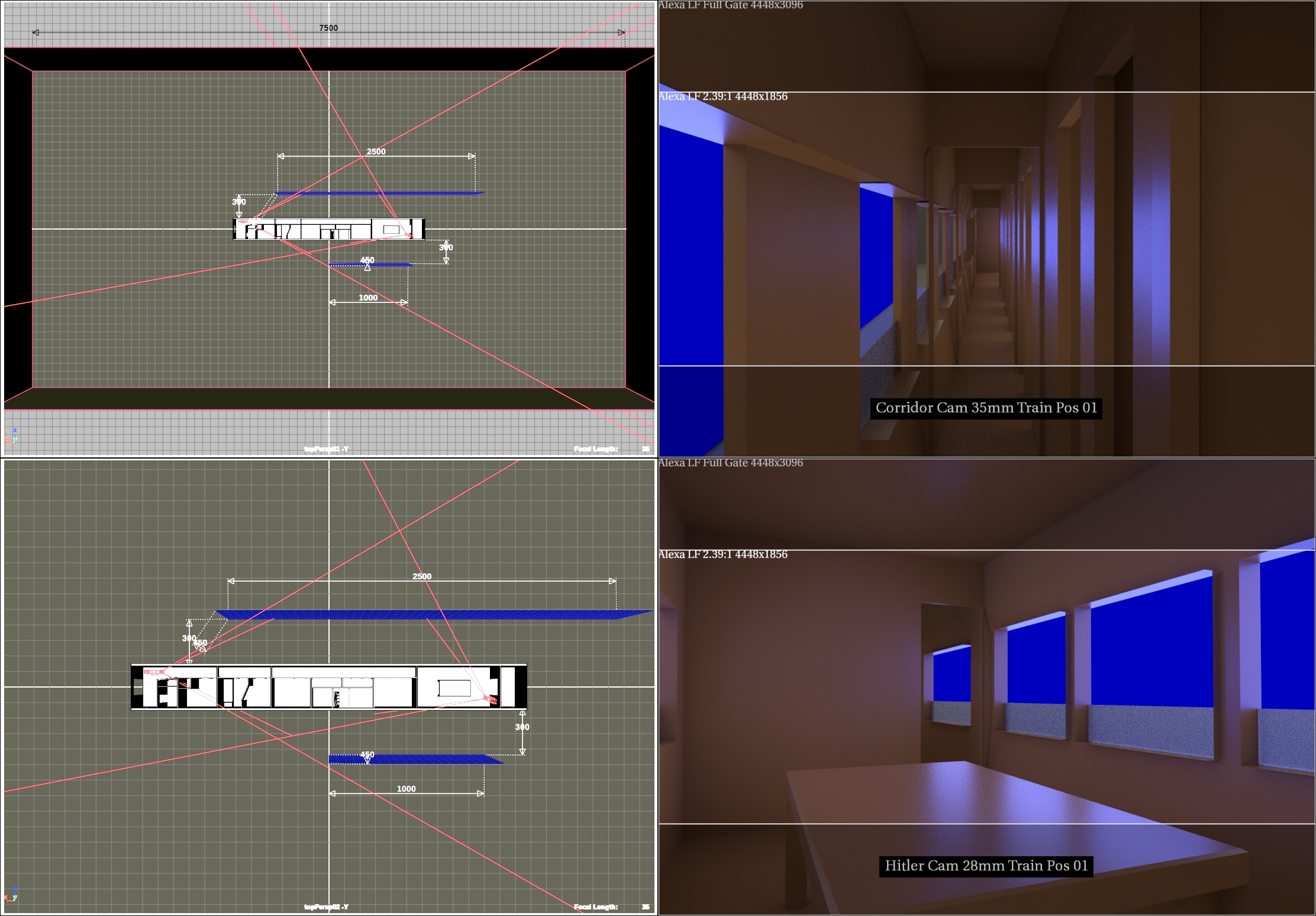Munich: The Edge of War portrays a world gasping on the brink of the
deadliest war in history. Directed by Christian Schwochow (The Crown) and based on the international bestseller by Robert Harris, Netflix’s historical thriller Munich – The Edge of War explores the tensions between Adolf Hitler as he prepares to invade Czechoslovakia, while Neville Chamberlain’s government desperately seeks a peaceful solution.
Vfx breakdown reel
The VFX work included a giant barrage balloon being trapped off the side of a building in pre-war London, several big-scale set extensions (10 Downing Street, Pre-war Potsdamer Platz and Königslatz) as long as populating the background with period trains, planes and automobiles - a total of 215 VFX shots.
Historical accuracy and detail were crucial to the success of the visuals so in addition to a lot of research and a continuous collaboration with the Art department and Production designer Tim Pannen, all standing real locations were surveyed and scanned in order to then be extended, altered and enhanced. The film was also shot during the pandemic, with meant a significantly reduced access to extras to populate the shots. This led to an extensive green screen shoot for crowd elements and then a combination of split screens and crowd replications.
Historical accuracy and detail were crucial to the success of the visuals so in addition to a lot of research and a continuous collaboration with the Art department and Production designer Tim Pannen, all standing real locations were surveyed and scanned in order to then be extended, altered and enhanced. The film was also shot during the pandemic, with meant a significantly reduced access to extras to populate the shots. This led to an extensive green screen shoot for crowd elements and then a combination of split screens and crowd replications.
Another interesting part of the work was the extensive LED shoot that took place for all interior shots of Hitler's carriage. A lot of different material was shot, stitched together and then projected around a real train waggon. Our team, in collaboration with virtual production supervisor Marko Massinger, was responsible for the planning and execution of the sequence that ended up saving the production around 50 VFX shots. Thanks to the all-reflective mahogany wood interior of the carriage it also produced a very esthetically pleasing result - one that would have taken a lot of time to reproduce if shot with a traditional green screen approach.
![]()
